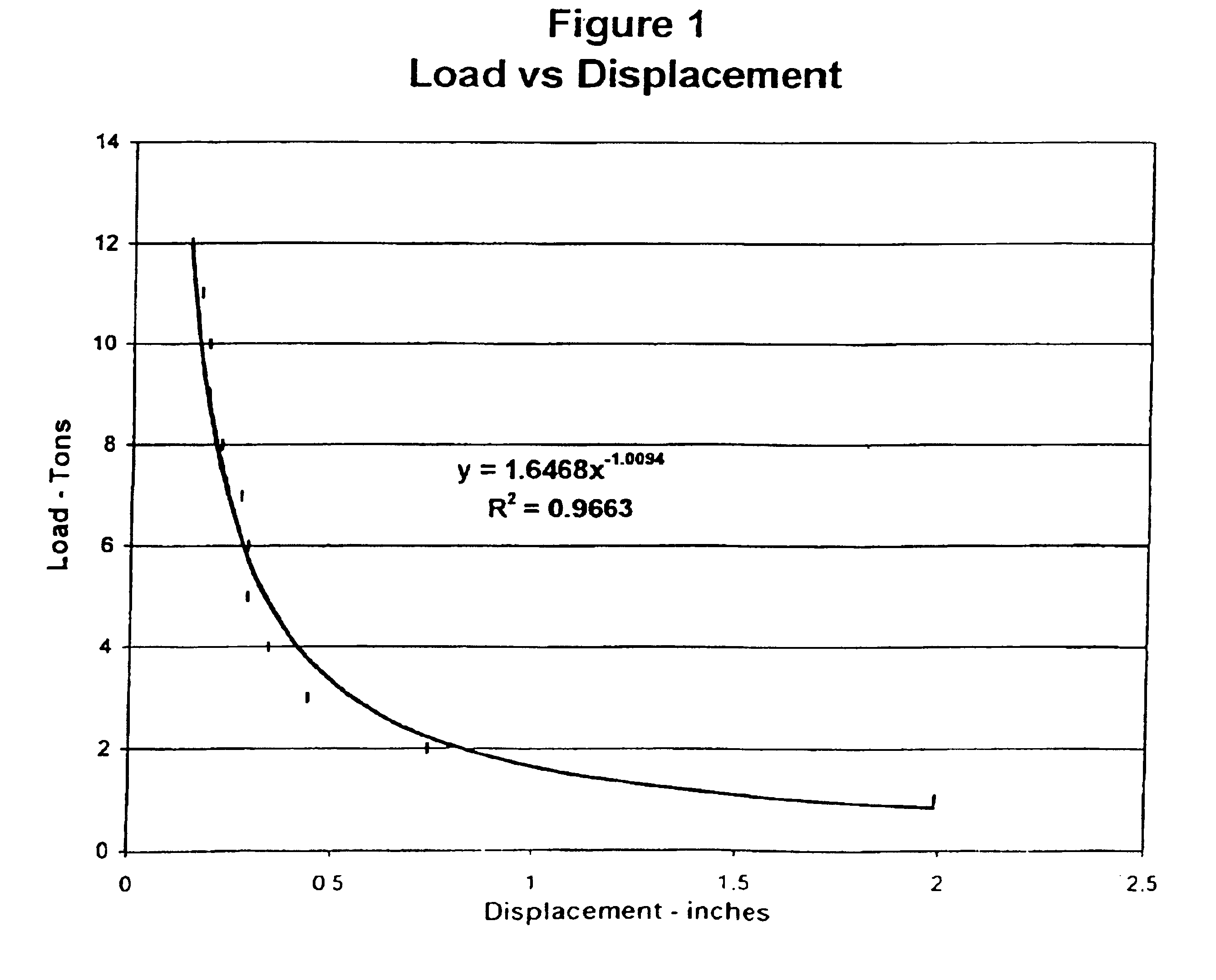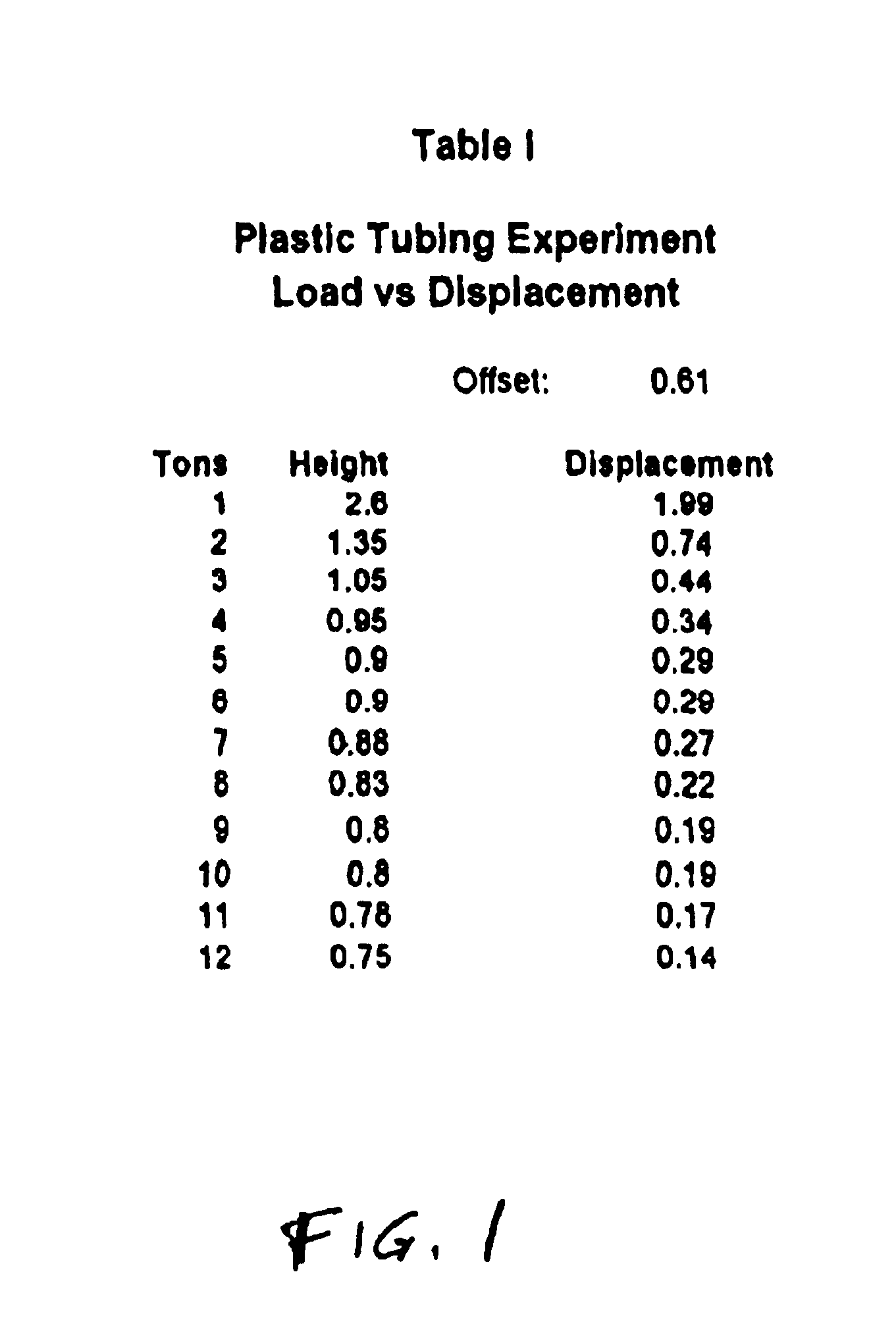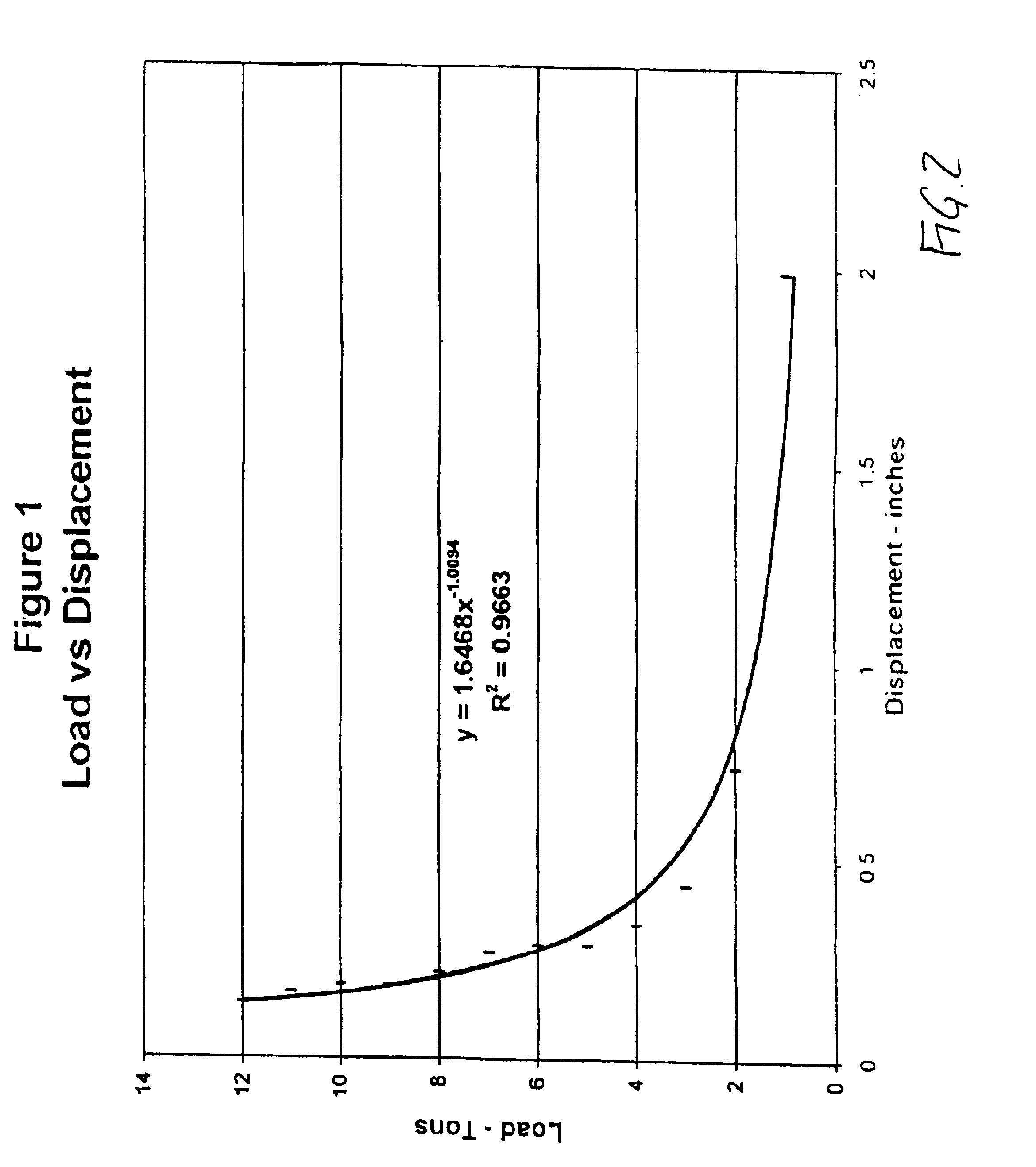Method of diagnosing and controlling a grinding mill for paper and the like
a technology of paper and grinding mills, applied in the field of diagnosing or controlling a grinding mill, can solve the problems of not being able to meet not being able to account for what may be very large variations in the collection of pulp fibers on the edge of the bar, and not being able to predict the needs of some modern papermaking operations. , to achieve the effect of facilitating the design and application of plate patterns
- Summary
- Abstract
- Description
- Claims
- Application Information
AI Technical Summary
Benefits of technology
Problems solved by technology
Method used
Image
Examples
Embodiment Construction
[0026]A conceptual model has been established for the method of the present invention based on four underlying assumptions. These assumptions and arguments supporting them follow.
[0027]1. All of the observed effects on the constituent fibers of refined pulps occur as a result of the peak compressive load acting on fiber accumulations—just as two opposing bars begin to overlap. The refining process begins with random accumulations of fibers gathering between approaching rotor and stator bar edges, and the consolidation and compression of these fiber accumulations between those edges as they pass each other (these fiber accumulations are commonly referred to as flocs, although the formation and composition of these accumulations is quite different from freely formed flocs in a suspension). It has often been suggested that a significant shear effect may occur between the surfaces of opposing bars in a pulp refiner, but it seems more likely that the great majority of the...
PUM
| Property | Measurement | Unit |
|---|---|---|
| radius | aaaaa | aaaaa |
| edge length | aaaaa | aaaaa |
| relative stress | aaaaa | aaaaa |
Abstract
Description
Claims
Application Information
 Login to View More
Login to View More - R&D
- Intellectual Property
- Life Sciences
- Materials
- Tech Scout
- Unparalleled Data Quality
- Higher Quality Content
- 60% Fewer Hallucinations
Browse by: Latest US Patents, China's latest patents, Technical Efficacy Thesaurus, Application Domain, Technology Topic, Popular Technical Reports.
© 2025 PatSnap. All rights reserved.Legal|Privacy policy|Modern Slavery Act Transparency Statement|Sitemap|About US| Contact US: help@patsnap.com



